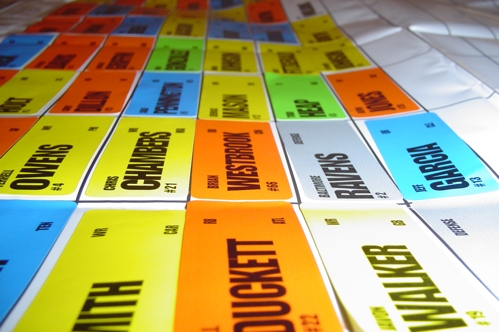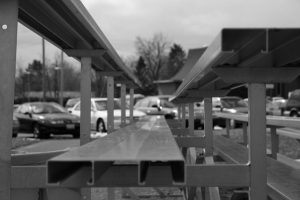
When people have health concerns, they typically turn to doctors because of the years of medical training that makes doctors experts on human health. When it comes to the health of trans people, however, doctors often lack knowledge and experience, and the typical evidence-based guidelines (EBM) for making medical decisions can be more confusing than helpful for trans health cases. In a new study, stef m. shuster finds that “uncertainty” characterizes most provider’s experiences with trans patients, though they navigate this uncertainty in different ways.
To understand how healthcare providers treat trans patients, shuster interviewed 23 physical and mental healthcare providers. These providers included primary care physicians, OB/GYN, family and internal medicine specialists, physician’s assistants, psychologists, therapists, and counselors/social workers. Rather than asking about specific interventions with transgender patients, which could breach ethics of confidentiality, shuster engaged in conversations about the providers’ backgrounds, their professional associations, their workplace climates, and general experiences with trans patients.
shuster found that providers use two strategies to negotiate EBM guidelines when it comes to treating trans patients: following them to the letter or interpreting them as flexible strategies they use in other cases of medical uncertainty. More senior providers draw on their experience in the field when faced with uncertainty, while newer providers more often consulted the evidence-based medical guidelines to inform their decisions. However, for cases with trans patients, few providers had much prior experience, and turned to the EBM guidelines. shuster described how close followers of the guidelines act as medical gatekeepers; particularly for patients who want to physically transition via hormones and surgery, care providers try to contain uncertainty surrounding gender, identity, and health by insisting on following long bureaucratic processes for obtaining these expensive, difficult to reverse interventions. On the other hand, some providers interpret the EBM guidelines more as suggestions than law, and embrace the uncertainty of how to tailor their care for specific patients’ needs.








